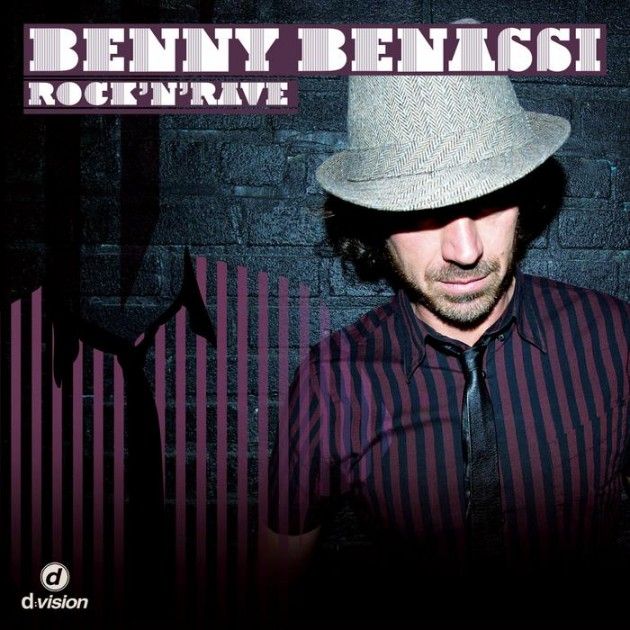The Art of the Remix
Whether in the form of samples from other musical tracks, a re-recording, a featured singer or an entirely new backbeat, remixing has be-come an integral part of today’s musical culture. What began as a hip-hop artist or rap DJ using parts of other songs to contribute to a greater soundscape or a singer laying down their own vocal track for a popular song has grown into a culture where musical ideas are nearly passed around communally. Especially in the electron-ic genres of house, dubstep and glitchstep, it is now not uncommon to see popular songs pass through dozens of remixes by both prominent DJs showing appreciation for the catchy hook of a fellow artist and the up-and-comers trying to use a popular strain of music to catch a break. But how did this phenomenon start, and where is it going?
Although various musicians have been try-ing to change or alter original master record-ings for nearly as long as audio has been re-corded, the phenomenom has most of its roots in dance music. Starting as early as the 60’s, reggae, ska and other Jamaica-based forms of music saw remixes by DJs in clubs and dance halls for variety, and for the DJs to customize music slightly more to the taste of their au-diences. In the 70’s, Tom Moulton, the first modern remix artist, began mixing his own tapes for clubs and rode the resulting wave of popularity into a career as a record producer. In the process, he “invented” the breakout, the minimalist section of a song that increases sus-pense and the element of music where today’s precious bass drops come from.
Still, remixing as we now know it really rose to prominence in the 80’s. Certain pop stars, especially Madonna, owe their early careers almost entirely to dif-ferent professional and underground remixes of their songs circu-lating through nightclubs. Also in the 80’s, artists inspired by the likes of DJ Kool and Grandmaster Flash, like Africa Bambaataa and MC Hammer, began producing material that used samples even more extensively.
At the same time, electronic music was on the rise as well. Electronic remixes ranged from “extended mixes” of songs to keep people danc-ing longer to two or more songs simply stitched together with good transitions so that DJs could focus on scratching or emceeing. Certain electronic bands like Depeche Mode and New Order, as well as more pop-oriented bands like Duran Duran, began making more complex extended mixes. At that point, certain bands like Art of Noise began ex-perimenting with songs made entirely from samples. The late 80’s, with the rise of house music, saw the first of what today’s electronic remixes look like: vocal tracks set to new beats or instrumental tracks that maintain the feel of the original song but allow the remixing DJ to fill the song with their own style.
The 90’s saw new recording and audio manipulation technology, and soon, with early digital software, extended plays, remix-es, samples and mashups spread and grew in scope. In 1993, Mariah Carey drew atten-tion as the biggest early artist to record new vocals for a “dance version” of a song, and the practice took off from there. Electronic music blossomed, with centers of culture in Detroit and London.
By the turn of the millennium, electronic dance music had expanded into myriad smaller genres and styles and the first generation of dub-step had arrived. By the mid-2000s, contempo-rary house, dubstep, glitchstep and other forms of electronic dance music began to spike to the current level of popularity. Now remixes have moved beyond the scene of nightclubs or base-ment mixing studios. The great house DJs of the age like Tiesto, Avicii, Calvin Harris, Benny Be-nassi, Martin Solveig and many others, as well as an even broader array of DJs and mixers in many other primarily electronic genres, remix every-thing. As signs of respect and co-creativity, nearly all catchy pop or electronic songs travel through many different remixes in many different styles, and, if nothing else, the electronic music scene is much more interesting for it.
Contact Alan Dowling at [email protected].







